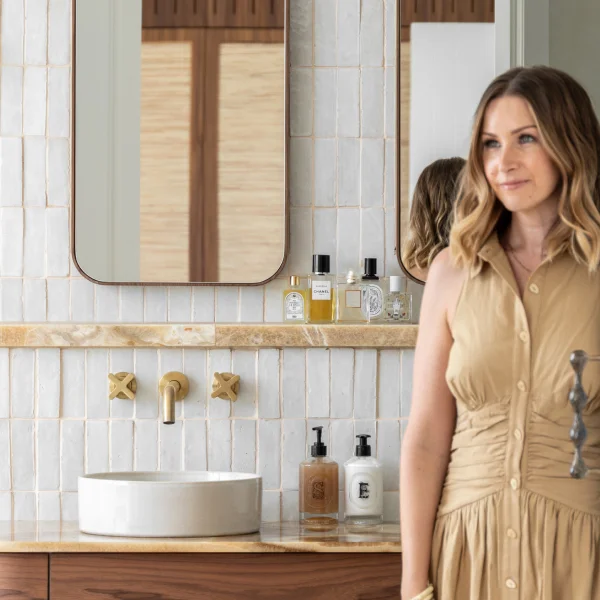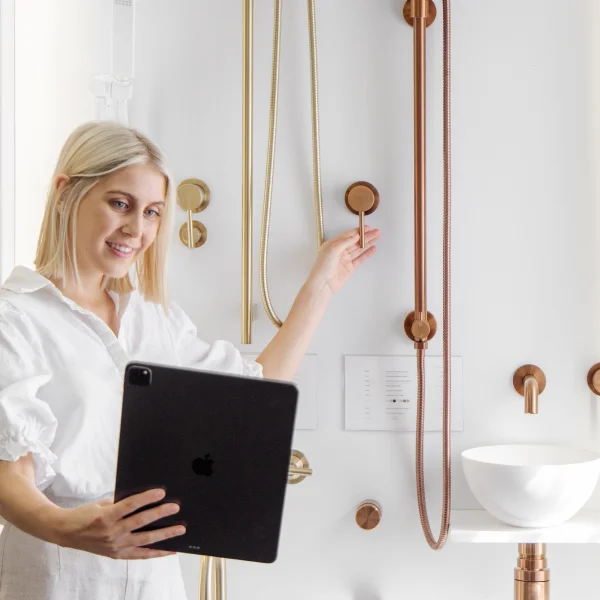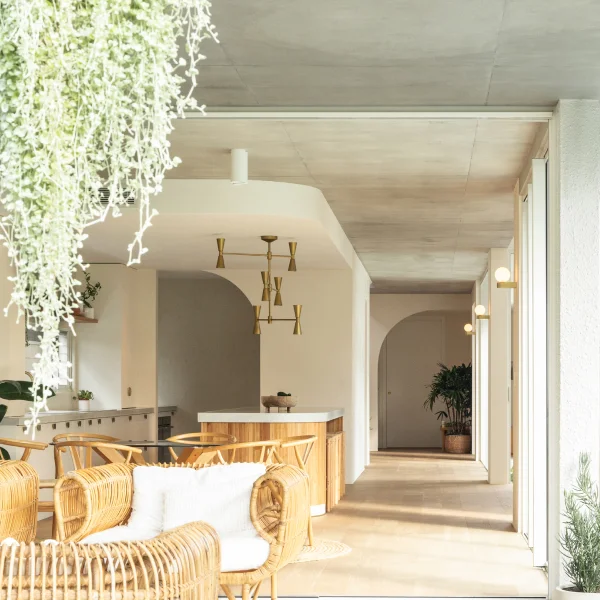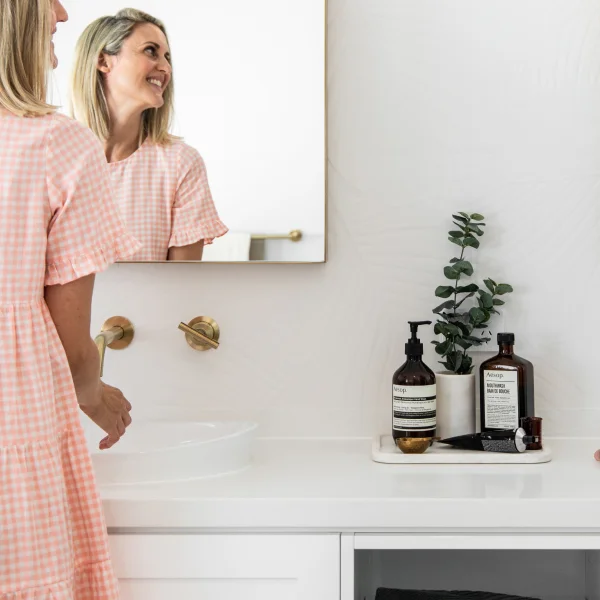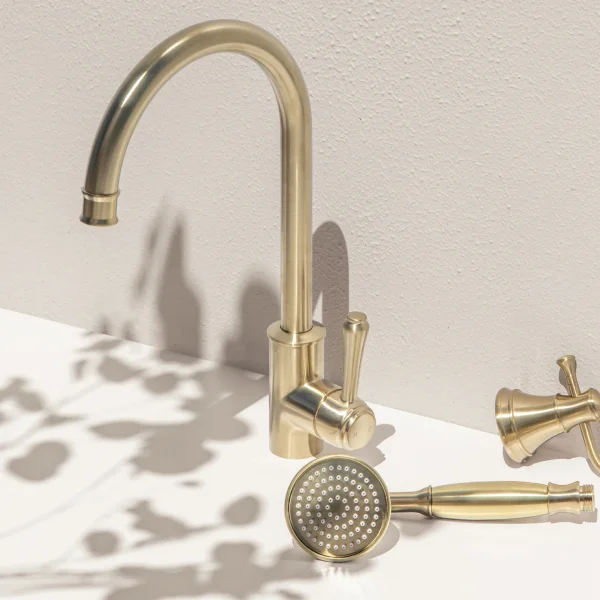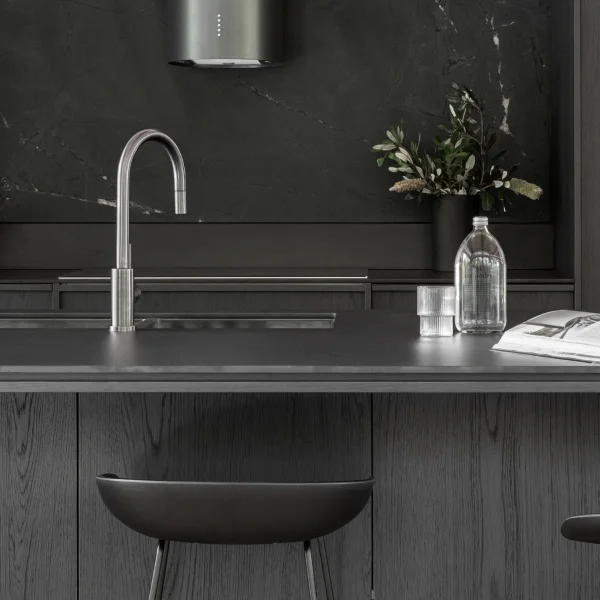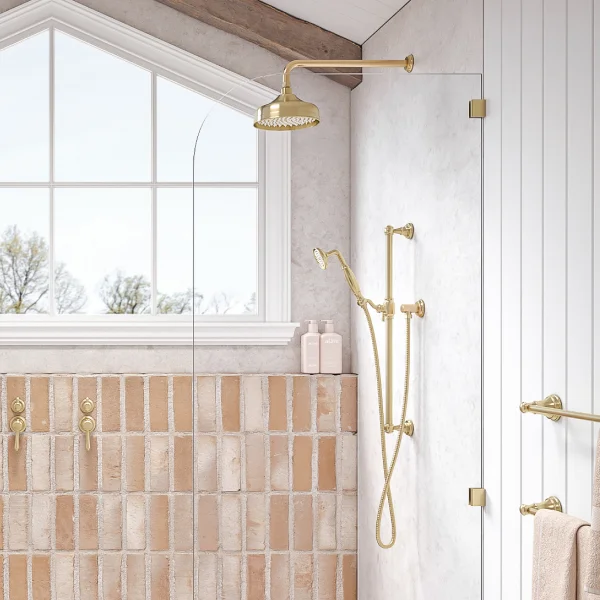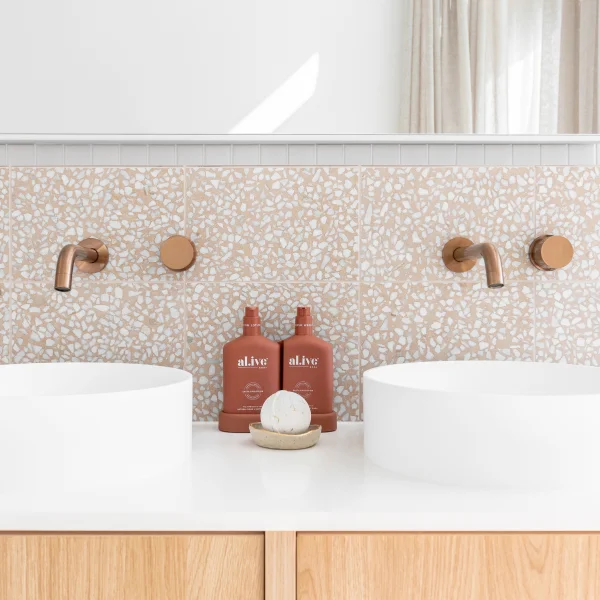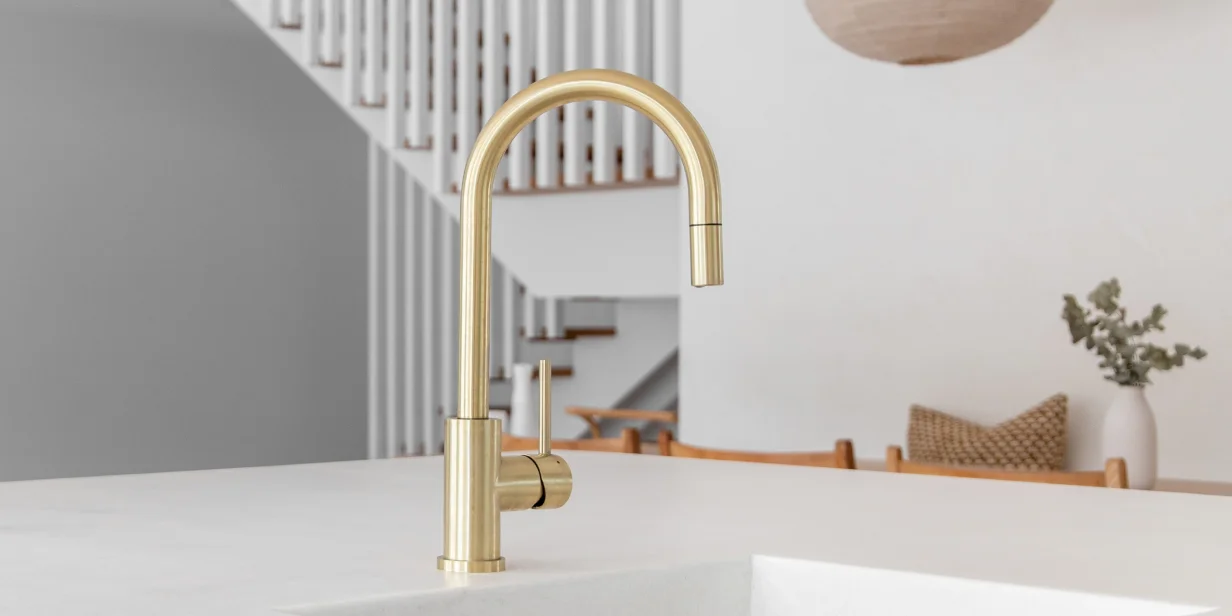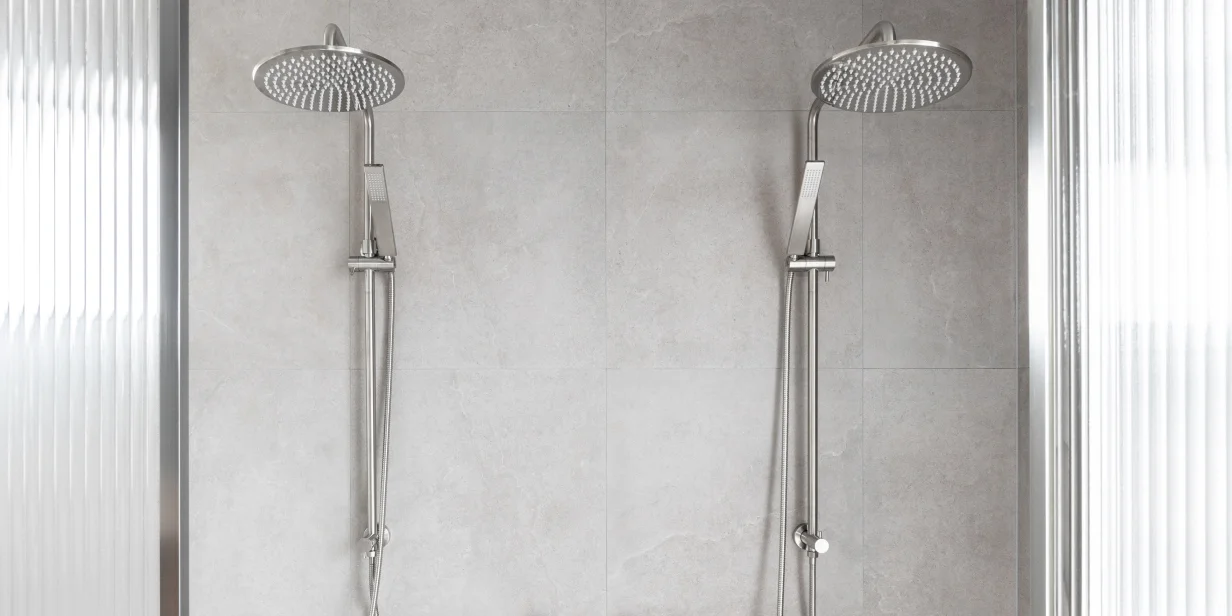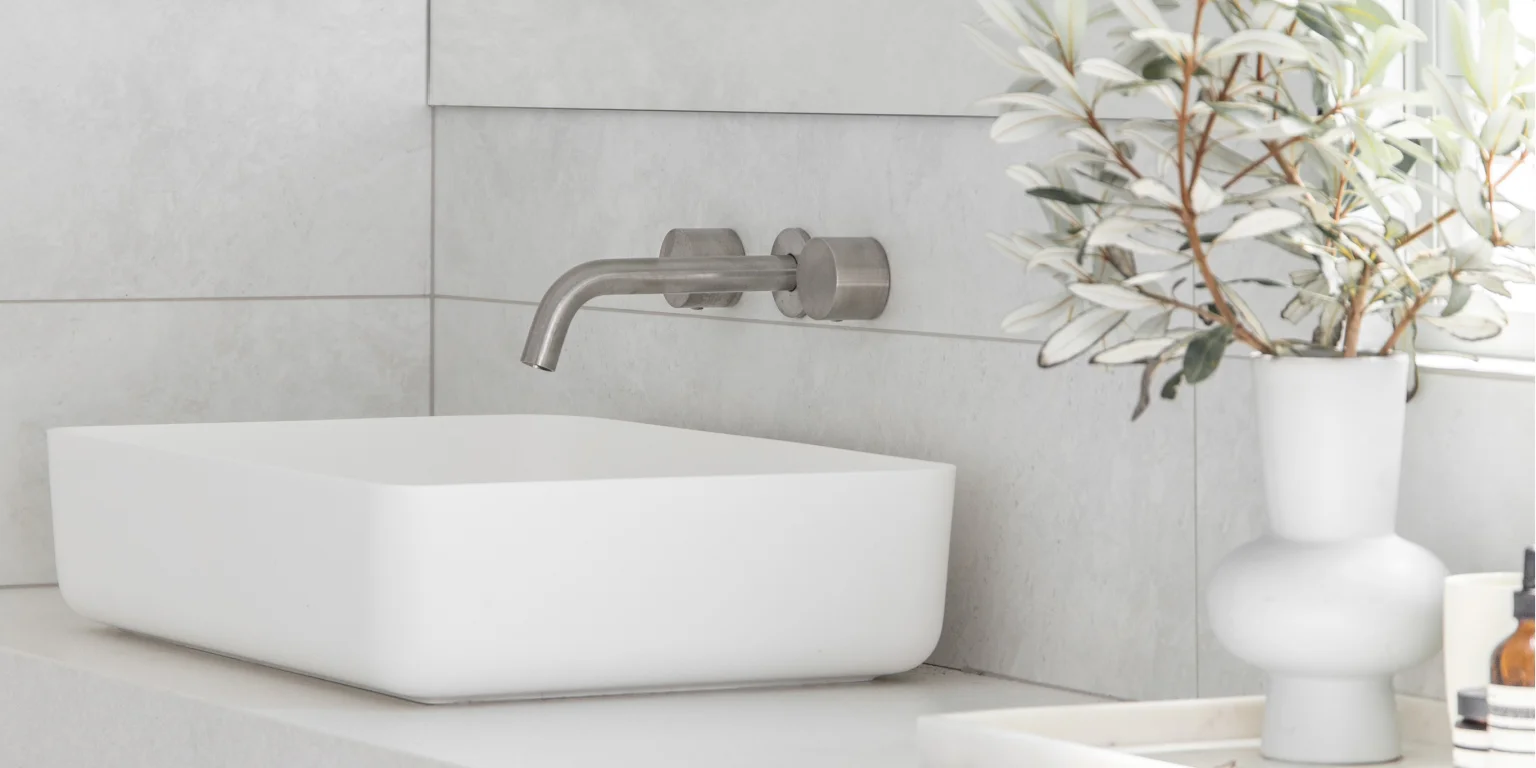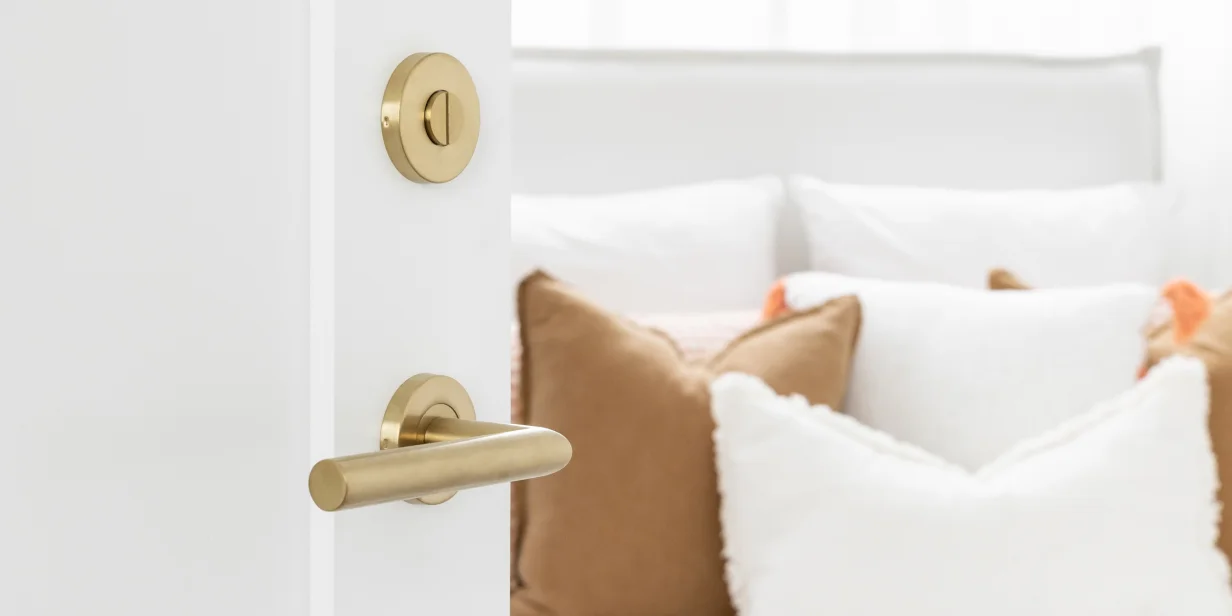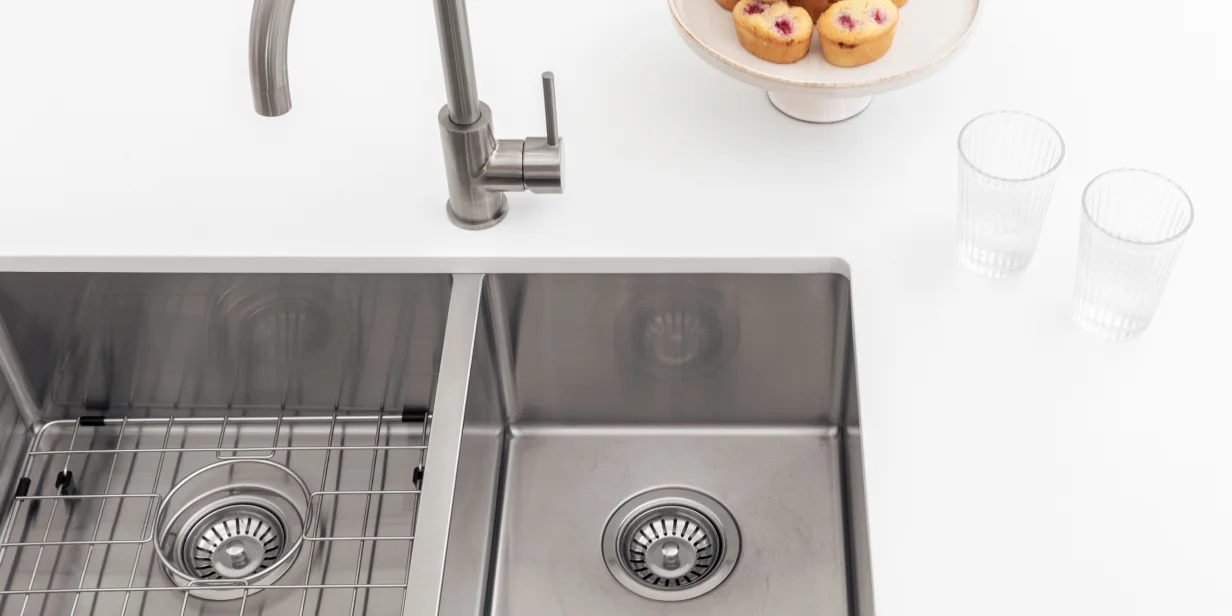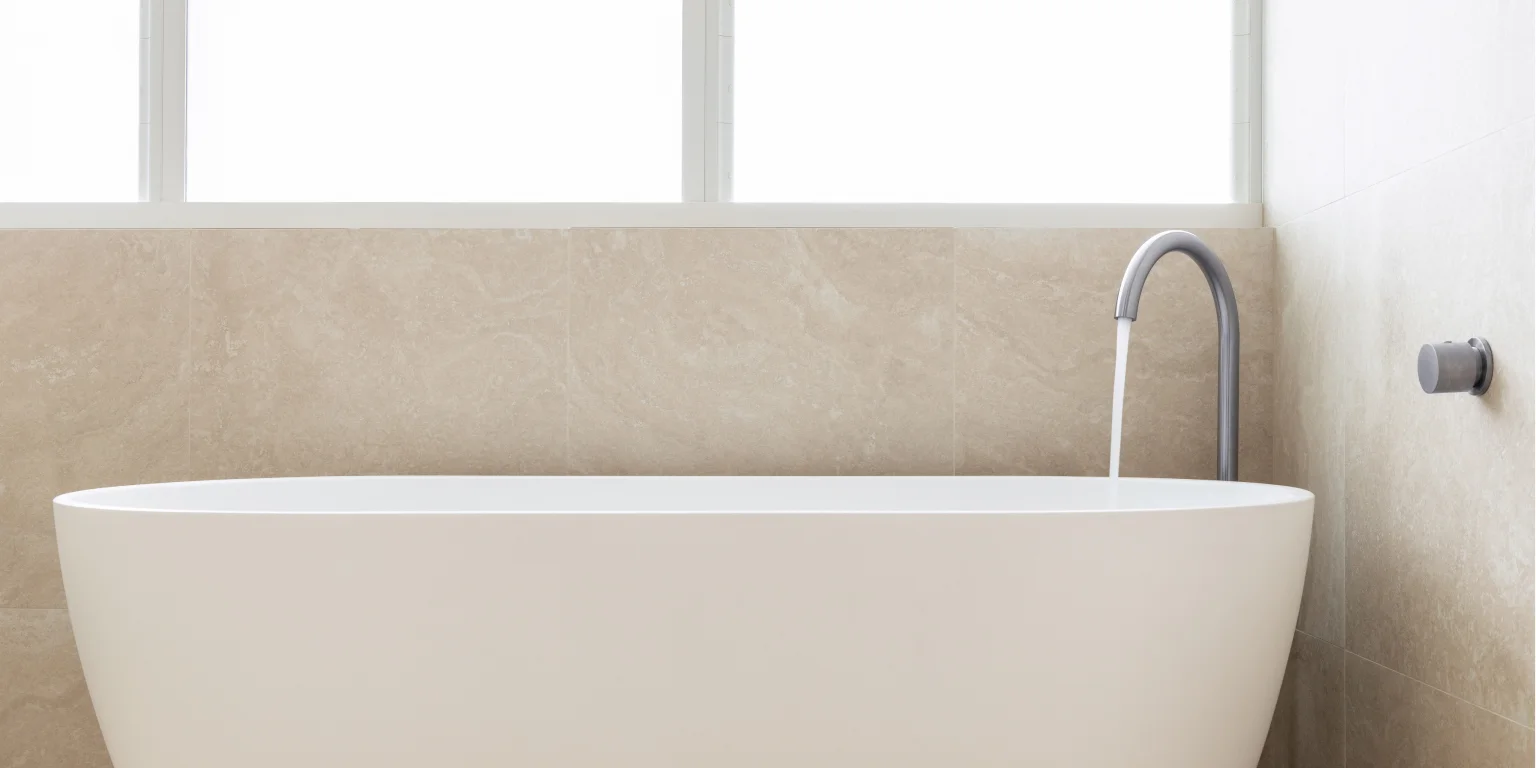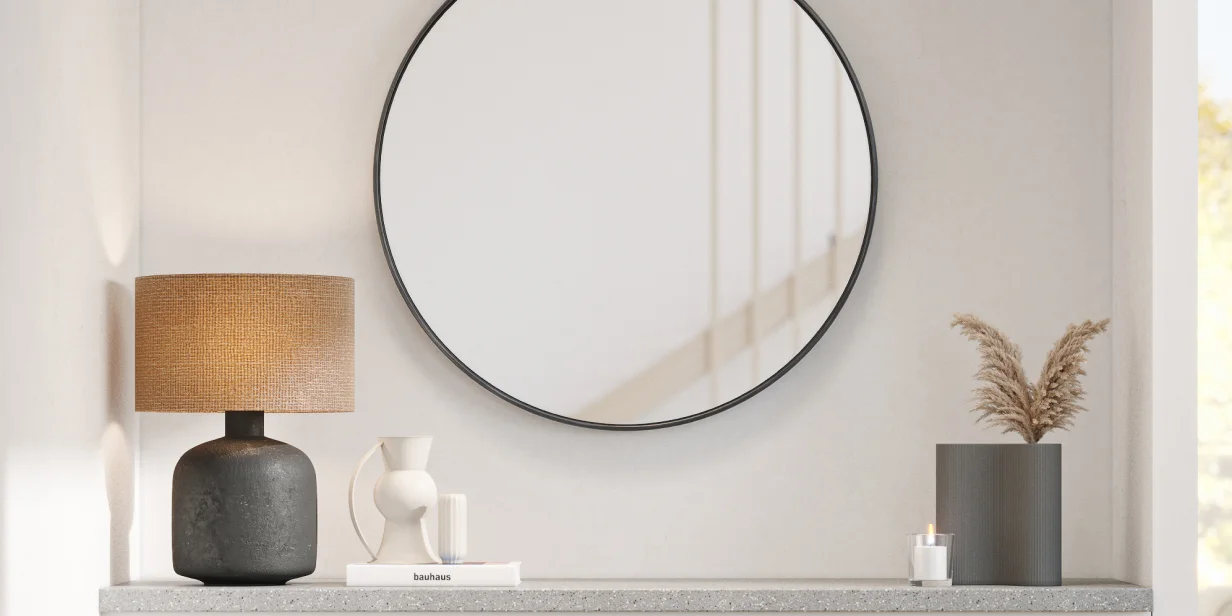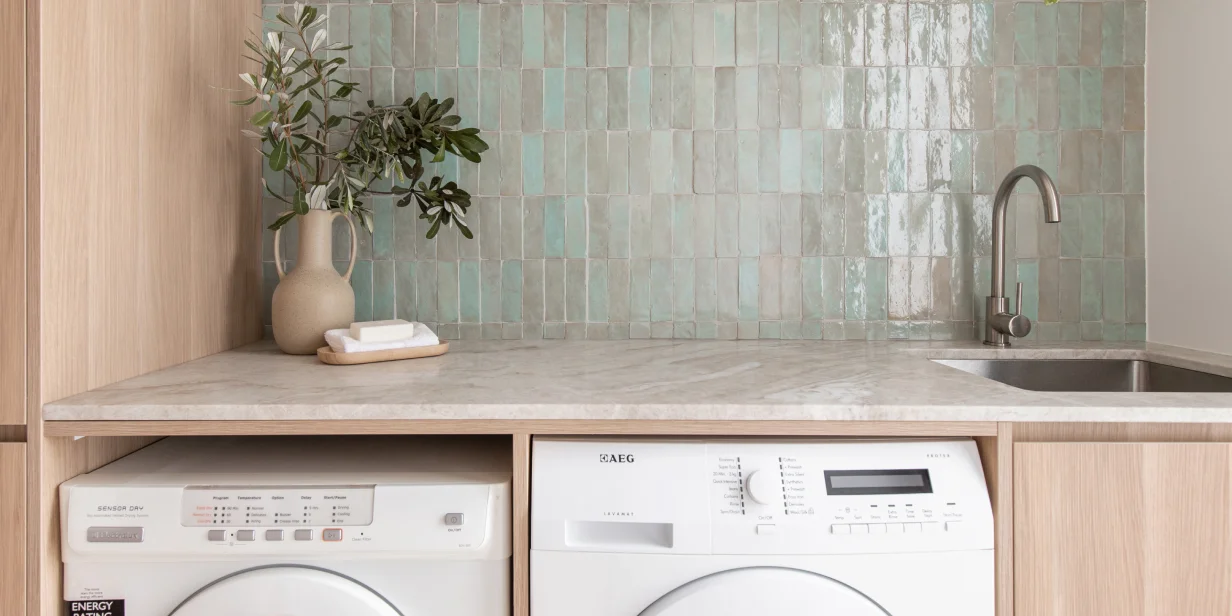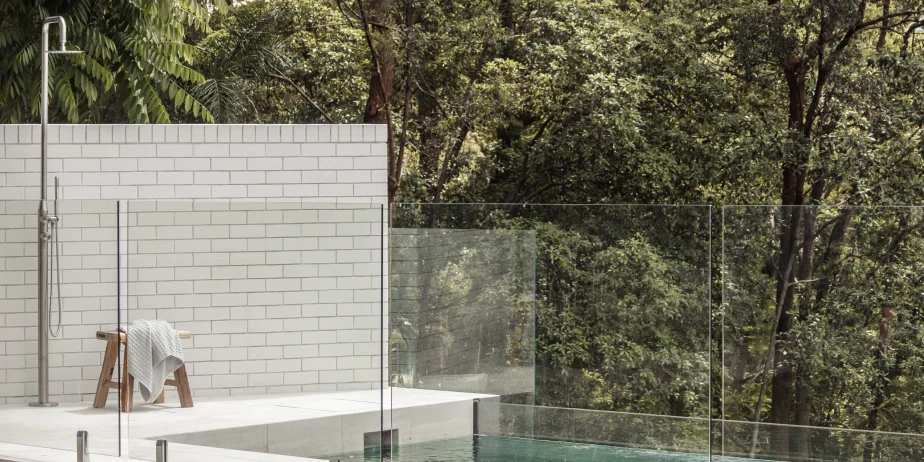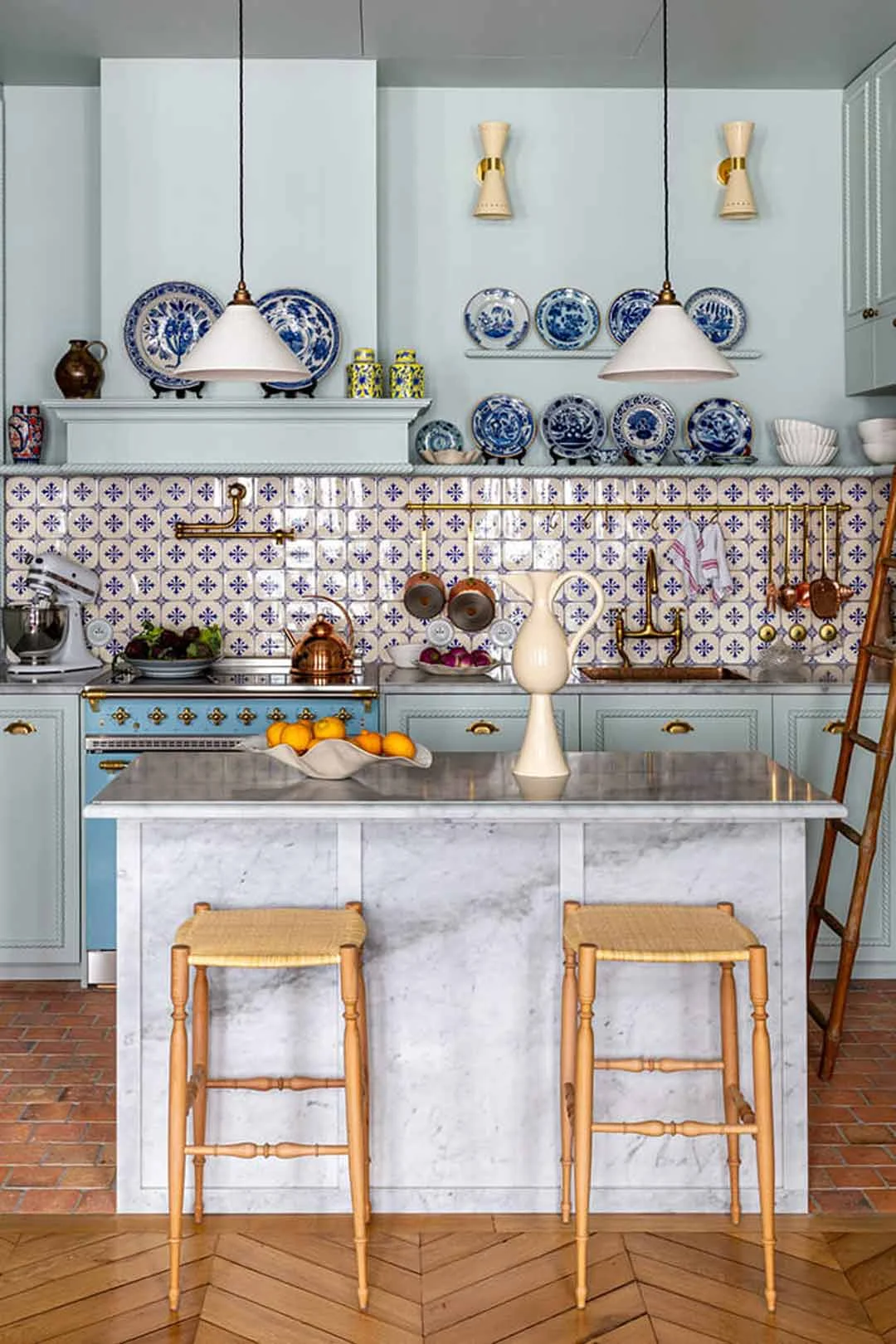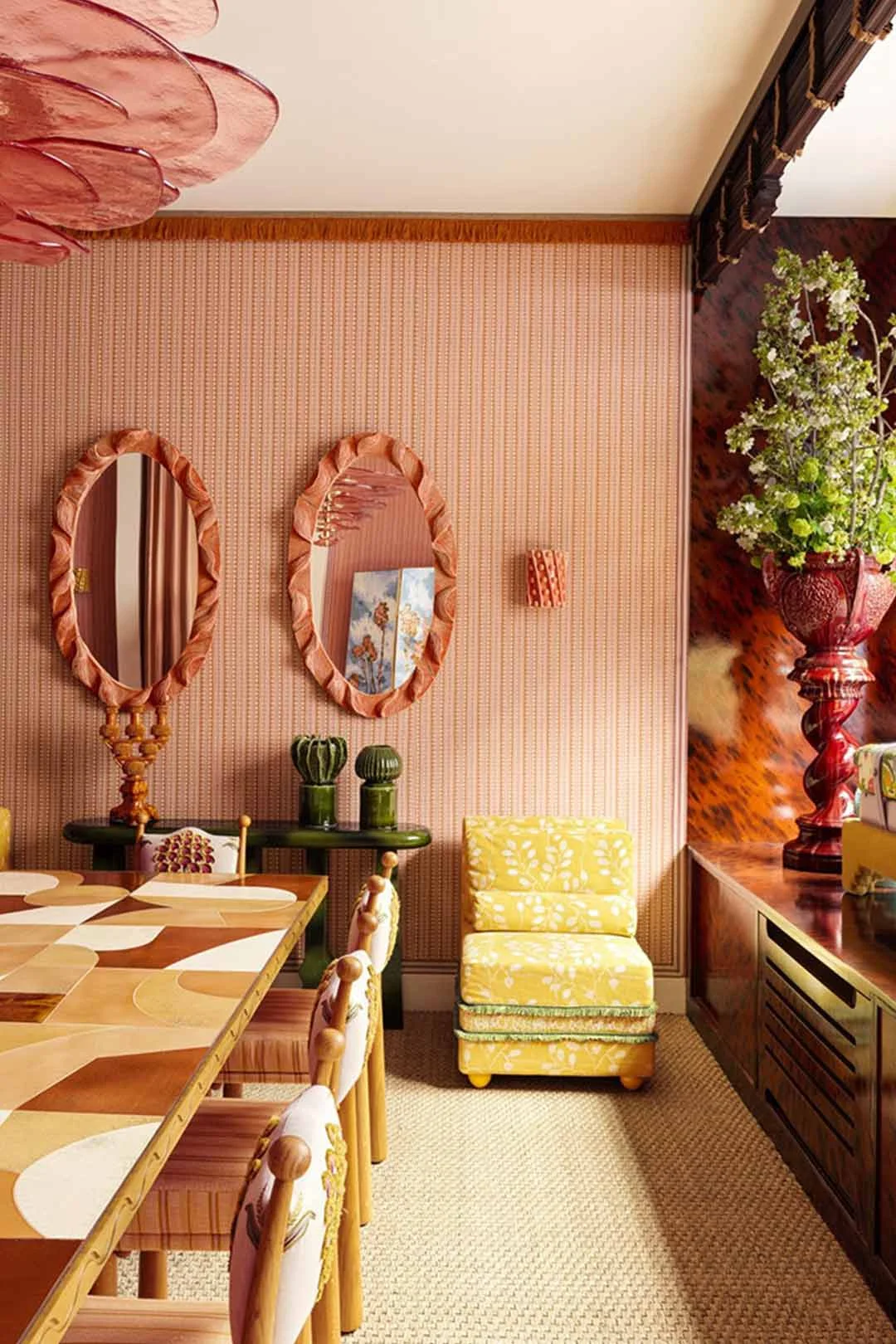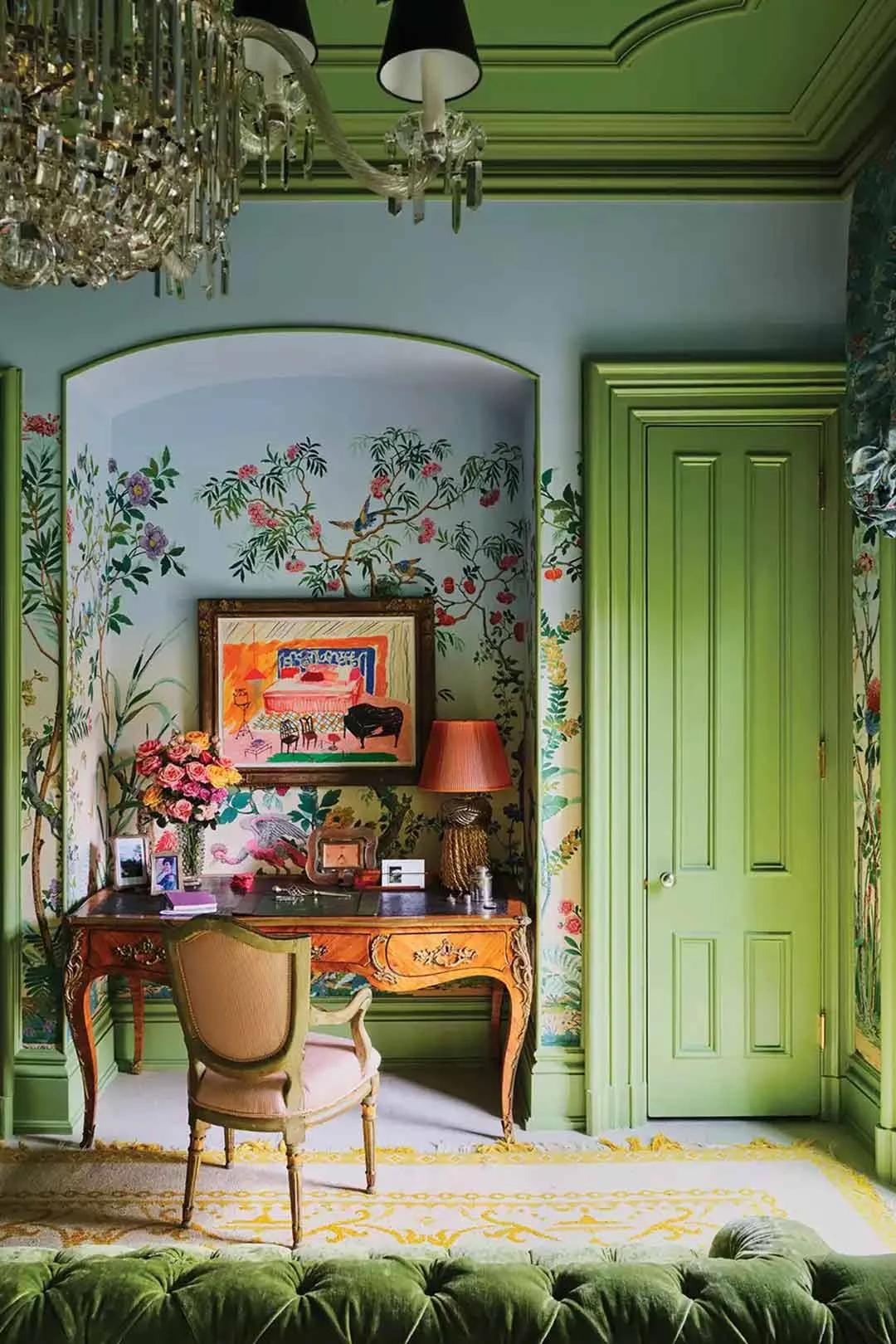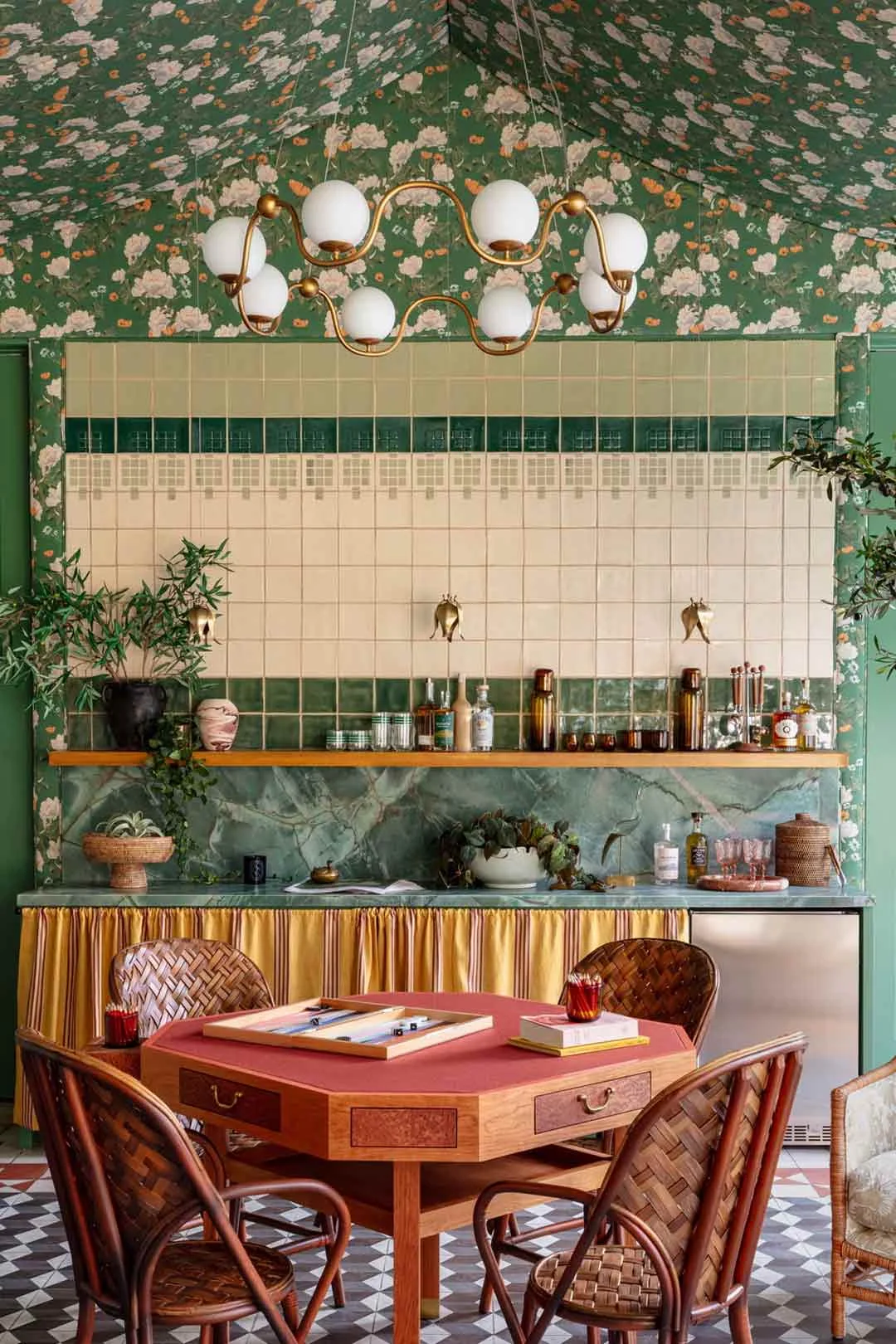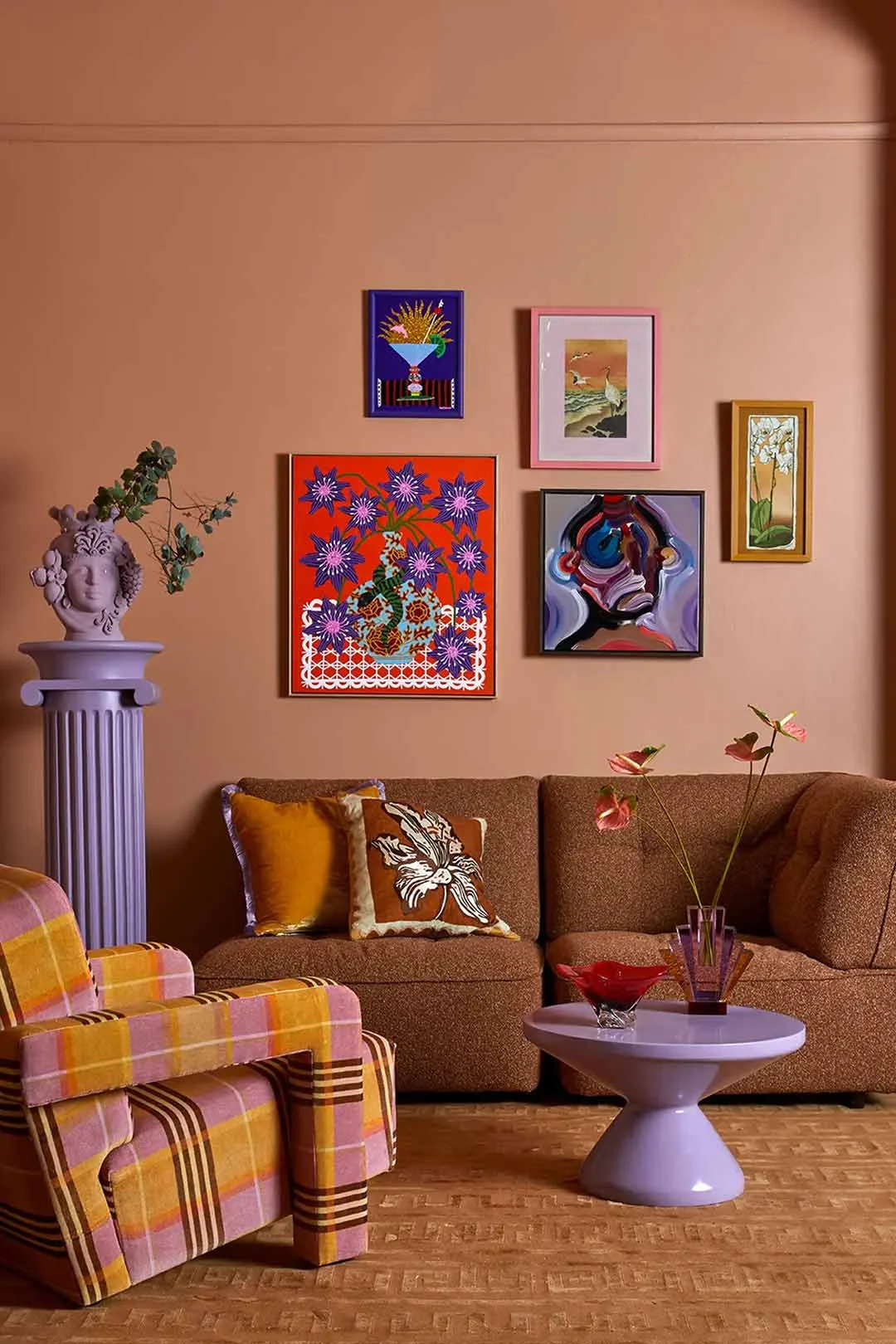What is Maximalism? A Guide to Maximalist Interior Design
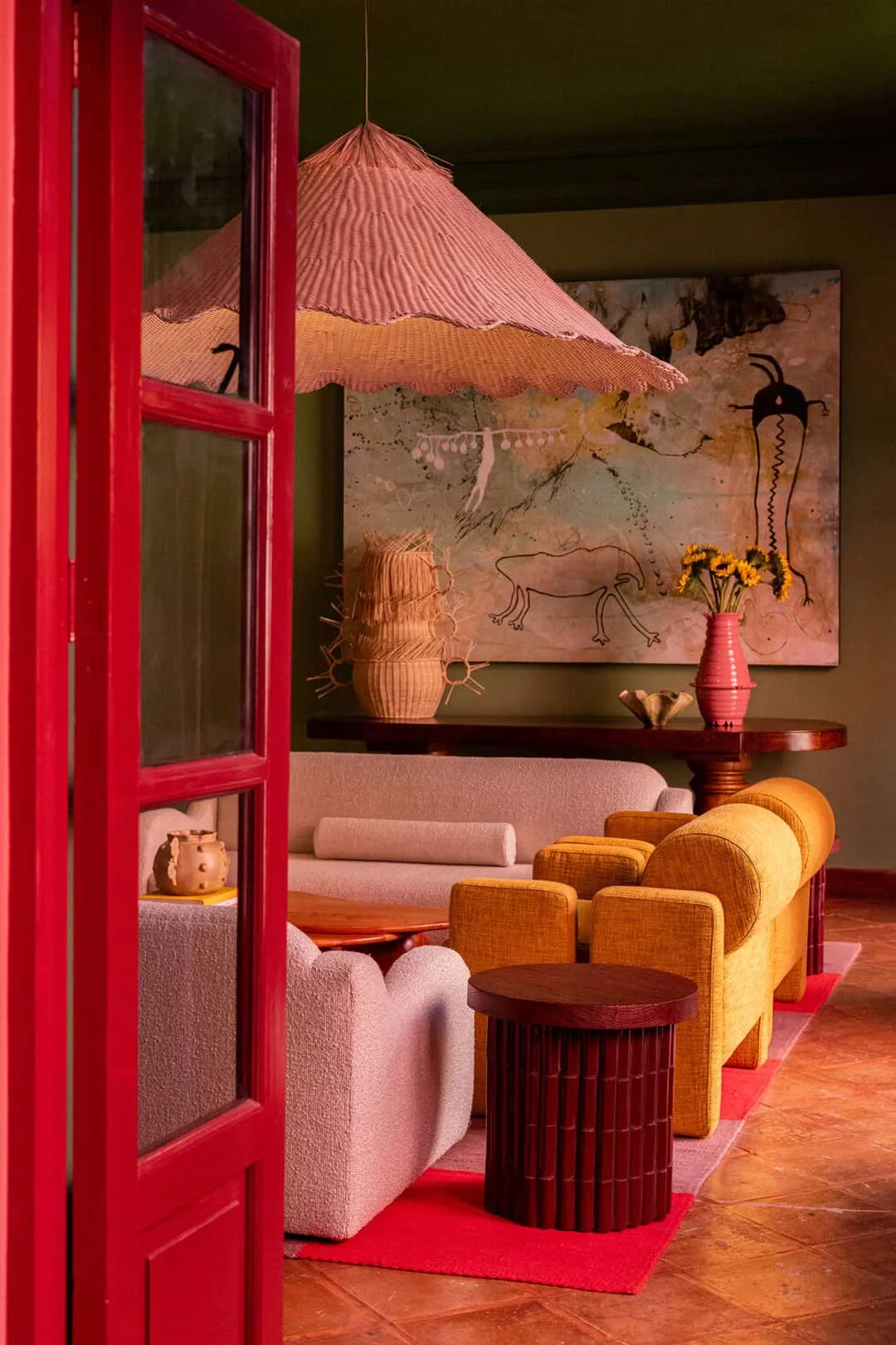
After years of minimalist, neutral-toned interiors dominating design trends, the tide is shifting back toward maximalism—even in New Zealand, where a love for natural materials and clean lines has long shaped home aesthetics. Embracing the “more is more” philosophy, maximalism counters the restraint of coastal, Scandinavian, and contemporary interiors with bold colours, layered textures, and eclectic styling.
More than just a visual statement, it reflects a cultural shift towards personal expression. This blog explores maximalism’s roots and the cultural, social, and design trends fueling its return to the forefront.
What is Maximalism?

Maximalism is a celebration of individuality, creativity, and self-expression. Visually, this design philosophy embraces a kaleidoscope of colours, layered patterns, eclectic décor, and a blend of textures to create spaces rich in personality and storytelling.
The antithesis of minimalism — which promotes simplicity and functionality — maximalist style is all about curated chaos. It encourages bold combinations of vintage and modern elements, statement art pieces, and meaningful mementos, creating a layered and expressive aesthetic. Every detail contributes to a rich, cohesive narrative, reflecting the inhabitant’s personality, experiences, and unique tastes.
A History of Maximalist Interior Design
Maximalism traces its origins to the lavish aesthetics of the 16th century, flourishing through the grandeur of Baroque, Rococo, and Neoclassicism in the 17th and 18th centuries. These movements embraced gilded details, opulent chandeliers, intricate paintings, sculptures, and tapestries, creating richly adorned spaces that celebrated excess and artistry.
True maximalism took shape during the Victorian era, defined by ornate furnishings, rich colours, and extravagant displays of wealth, status, and personal taste. Homes became layered with intricate patterns, plush textiles, and decorative objects, reflecting a love for opulence and individuality.
In the 1920s-50s, Hollywood Regency brought glamour to maximalism, blending 19th-century Regency influences with the glitz of the silver screen. Designers like Dorothy Draper, William Haines, and Paul R. Williams were commissioned to transform the homes of movie stars into over-the-top abodes, popularising this sophisticated style among the masses.
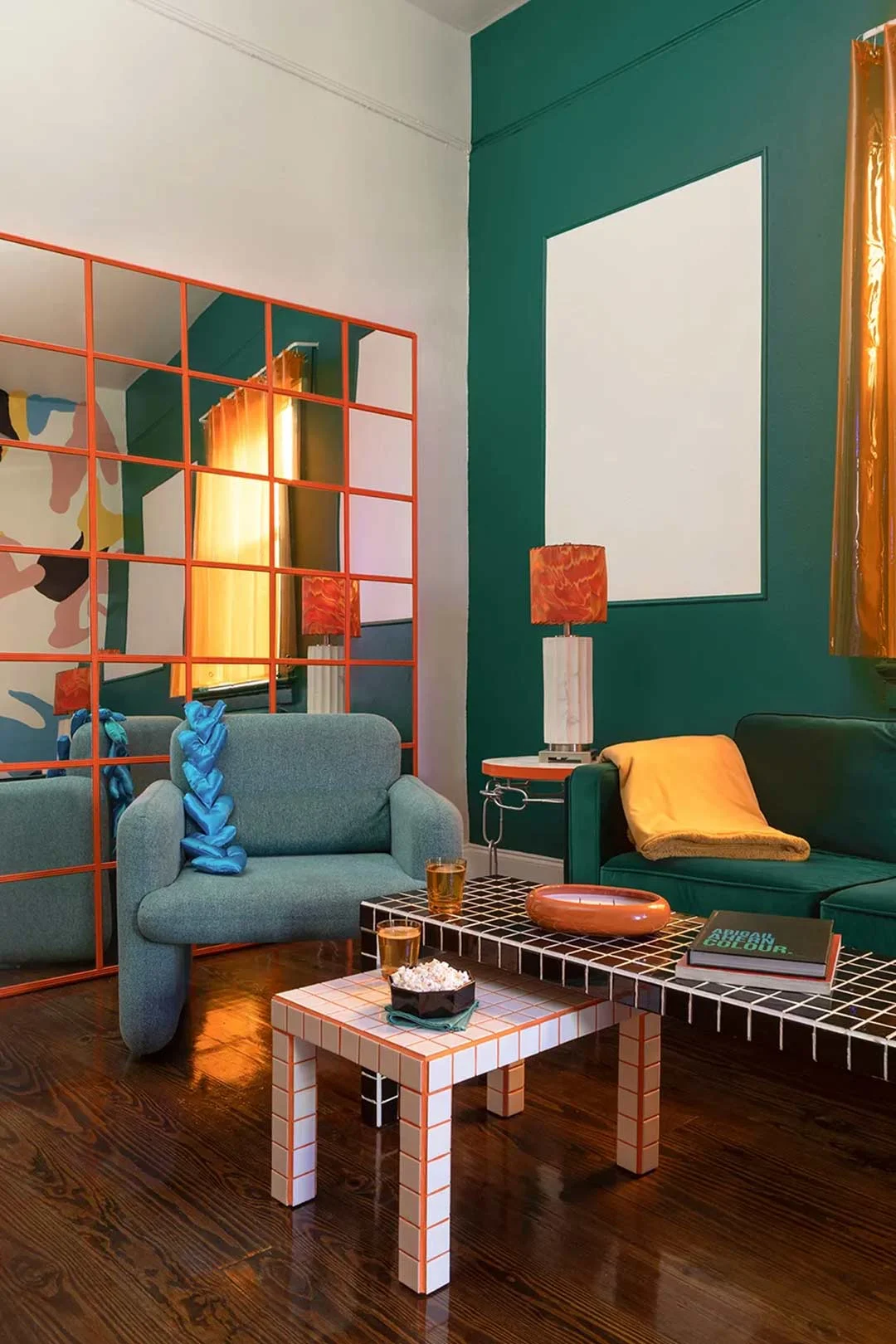
The modern revival emerged in the 1980s as a reaction to the functional minimalism of mid-century design. Inspired by the era’s exuberance and freedom, the maximalist movement encouraged total immersion in colour, texture, and form. Today, it thrives as a counterpoint to minimalism, reinventing living spaces with personality, creativity, and character.
The rise of social media has led to new iterations of maximalism, including cottagecore, dopamine decor, dark academia, and grandmillennial, which centre around creating interiors with loved and cherished items. Influencers and designers have propelled the maximalist interiors trend, showcasing captivating interiors that stand apart from pared-back mainstream styles like coastal, contemporary, and Mediterranean.
How to Achieve Maximalism In The Home
Vibrant Colour Palette
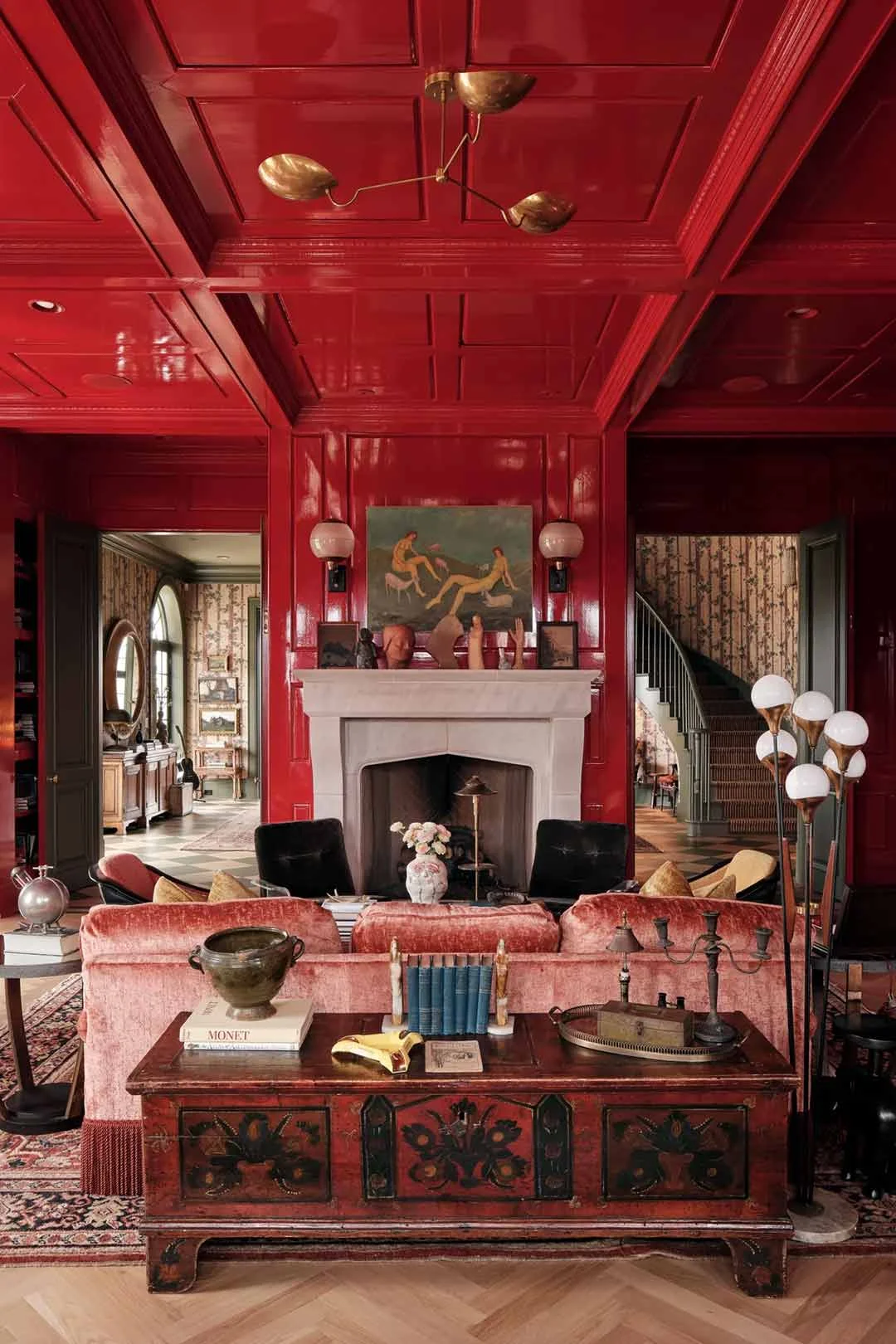
Bold and vibrant colours are central to maximalist style, but selecting the right palette for each space is essential to achieving a balanced and purposeful aesthetic. In New Zealand homes, where natural light varies dramatically with the seasons, considering how colour interacts with light can enhance both mood and functionality.
Warm tones like mustard yellow, deep burgundy, and emerald green create inviting and intimate living and dining spaces, while muted blues, soft lavenders, and dusty rose promote a sense of tranquillity in bedrooms. Kitchens can embrace the warmth of terracotta, the richness of cobalt blue, or the energy of vibrant orange to foster a lively, welcoming atmosphere. Meanwhile, home offices benefit from grounding shades like forest green or charcoal grey, accented with burnt orange to encourage focus and creativity.
To maintain harmony and prevent visual overwhelm, a neutral or muted base — such as warm grey, soft beige, or off-white — can provide a grounding effect, allowing bold colours and layered patterns to stand out without competing. Thoughtful coordination ensures the palette enhances each room’s function while creating a cohesive and visually dynamic home.
Layer Patterns, Materials & Textures


The key to maximalism lies in the fearless yet intentional layering of patterns, materials, and textures to create a home brimming with character and depth. When thoughtfully combined, the interplay of florals, geometric patterns, and animal prints can add movement and visual intrigue. To avoid overwhelming the senses, balance bold patterns with solid hues and vary their scale to create contrast and cohesion.
Beyond prints, mixing materials is essential. The juxtaposition of plush velvets with cool marbles, rich woods with reflective glass, or soft linens with metallic accents creates a rich, tactile experience. Statement pieces — whether an antique mirror, sculptural lighting, or eye-catching artwork — anchor the room, while carefully layered accessories bring lived-in warmth and personality.
Think rugs upon rugs, cushions stacked high, and collected treasures displayed proudly—each element contributing to an environment that feels curated rather than chaotic. The result? A home bursting with life, nostalgia, and undeniable charm.
Art & Personal Mementos

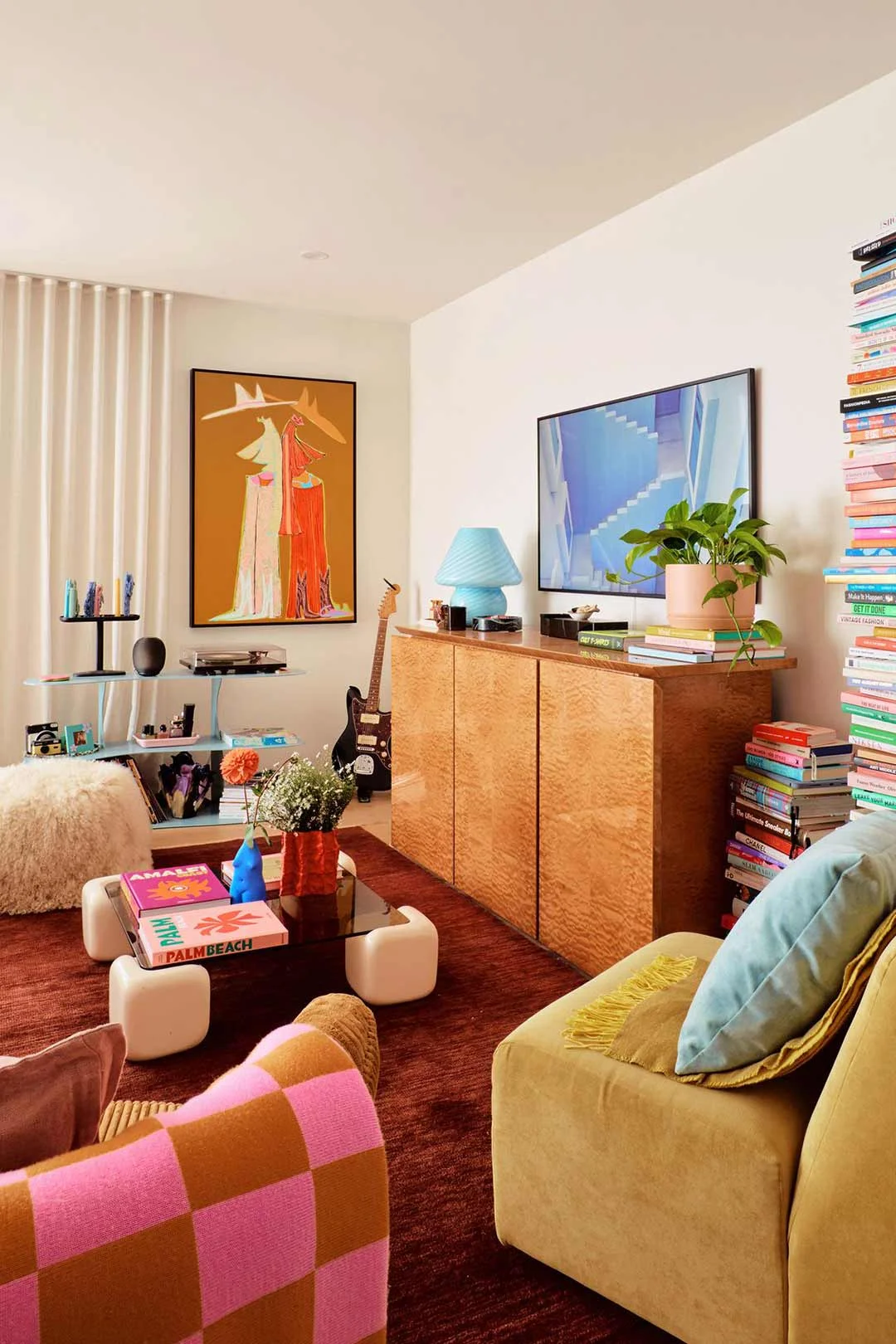
Despite its bold and layered aesthetic, maximalist home decor isn’t about excess—it’s about surrounding yourself with pieces that hold meaning and tell a story. Rather than tucking memories away in cupboards and drawers, maximalism encourages you to weave them into your home’s design.
Whether it’s a memento from your travels, a treasured family heirloom, a unique find from a local vintage shop, or a painting by one of your favourite artists, every object becomes part of your home’s narrative, transforming it into a living gallery of your personal experiences. By thoughtfully curating these pieces, you create a space that feels deeply authentic, rich with meaning, and full of visual intrigue.
Maximalism Mistakes
Overcrowding the Space
Maximalism isn’t about filling every inch of your home with decor — it’s about layering with intention. A room jam-packed with oversized furniture, excessive trinkets, and too many competing focal points can make anyone feel claustrophobic. We recommend giving bold pieces room to breathe.
For example, if you have a statement sofa in a bold print, balance it with a neutral rug or open shelving instead of wall-to-wall artwork. Or, instead of cramming a gallery wall with dozens of frames in different styles, opt for a few larger statement pieces, using negative space to highlight them. Thoughtful curation ensures your home feels vibrant and expressive without tipping into chaos.
Lack of Cohesion
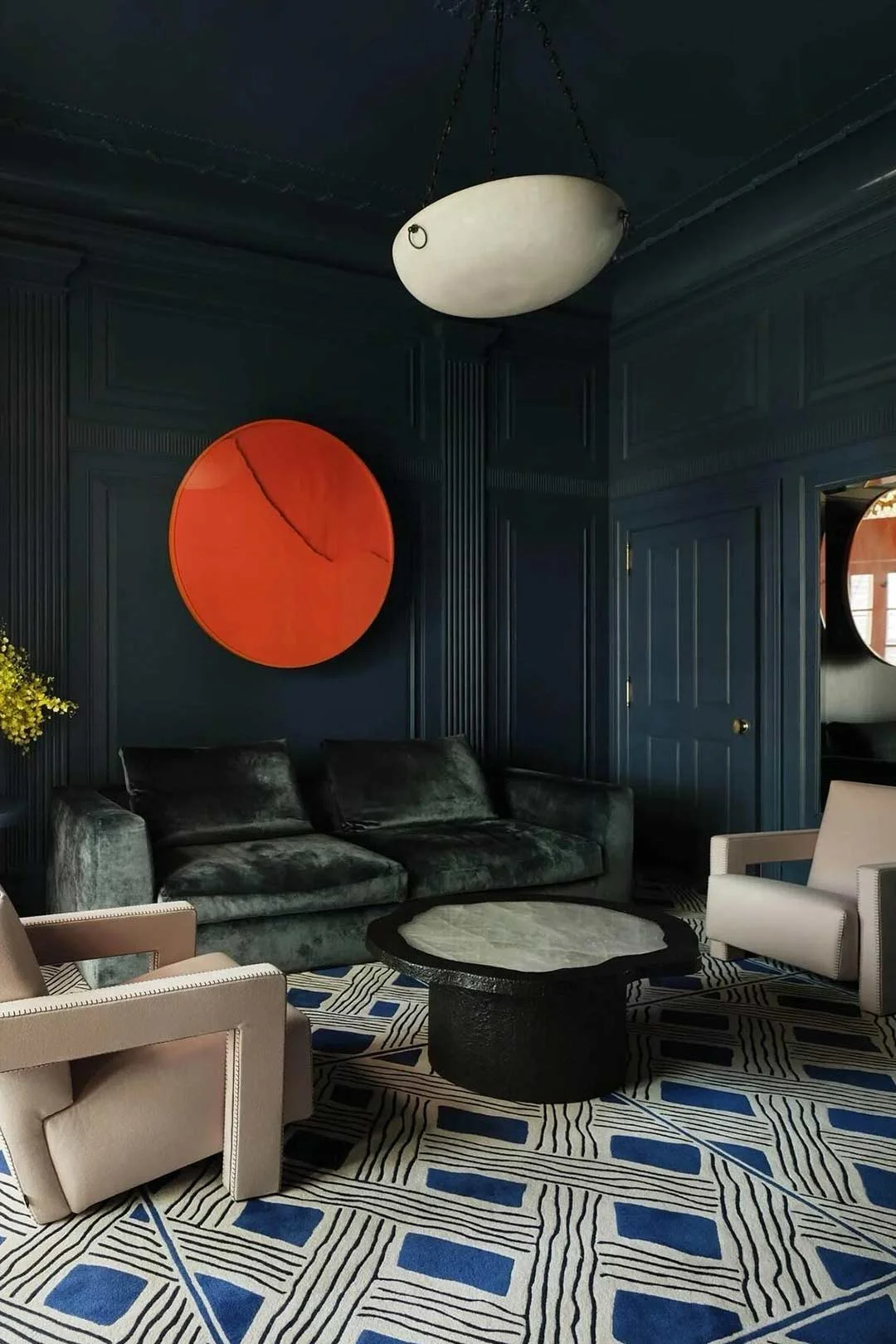
Maximalism embraces mixing styles, but without a unifying thread, the result can feel disjointed. For example, a room combining Art Deco, Bohemian, and Industrial styles without a consistent colour palette or repeated texture will feel confusing and unfinished.
The solution? Choose a core colour palette and repeat key materials or motifs. You can mix vintage and modern, but ensure there’s a common element — such as brushed brass finishes, a recurring pattern, or complementary colours. This will help your home feel cohesive while allowing personality and character to shine through.
Ignoring Functionality
No matter your design style, aesthetic appeal should never come at the expense of practicality — especially in New Zealand homes, where open-plan living and indoor-outdoor flow are often key features. In maximalist interiors, where layers of décor create a rich visual experience, functionality remains essential.
Maintain balance by keeping pathways clear, arranging furniture to encourage conversation, and incorporating stylish yet practical storage solutions. Instead of crowding every available surface with books, candles, and trinkets, use a well-curated bookshelf or display cabinet to showcase your treasures. This helps keep coffee tables and countertops clear, ensuring your home feels both vibrant and effortlessly livable.
Mastering maximalism may feel overwhelming, but the key lies in balancing bold expression with thoughtful curation. By layering colours, patterns, and textures with intention, you can create a visually dynamic space that remains cohesive and inviting. With these principles in mind, your home can be a rich, personalised reflection of your style without feeling chaotic or overdone.
For more design inspiration, read our blogs:
Our Top Predicted New Zealand Interior Design Trends 2025
How to Create a Tranquil Japandi Bathroom
How to Infuse Hellenistic Architecture Into Your Interior Design


